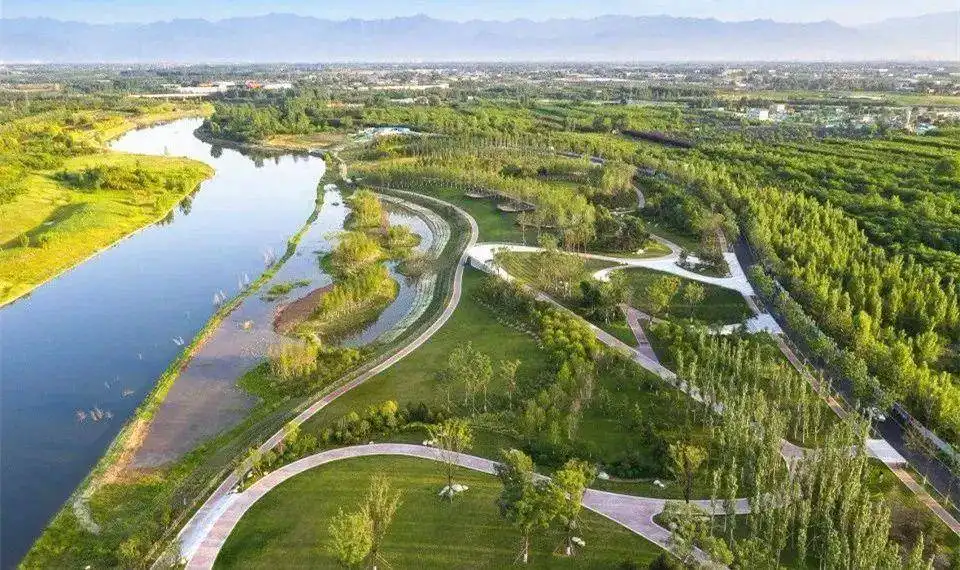
Feng River Wetland Park is located in Xi’an, China. It is an ecological waterfront leisure destination integrating “countryside, culture, health and education”.

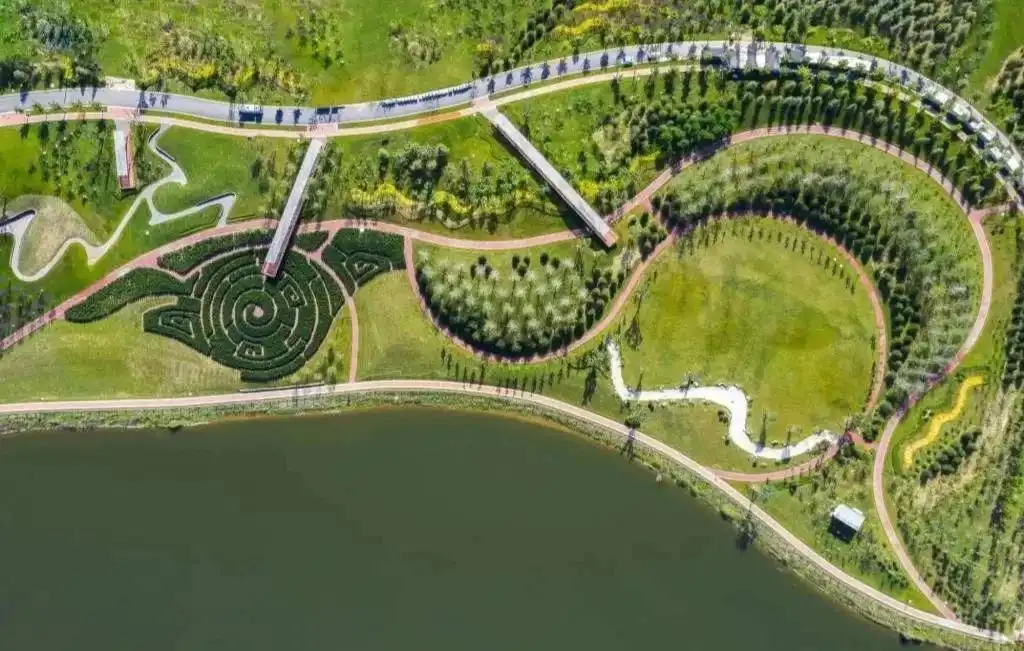
The park is 4 kilometers long, with an average riverbank width of 100 meters and an area of about 880,000 square meters. The section of the Fenghe River where it is located is part of one of China’s three major migratory bird routes – the central route. From October to March each year, many migratory birds come here to inhabit. The park combines the concept of sponge cities, integrating artificial ecological wetlands with the original tidal flats of the Fenghe River, which has improved the ecological environment of the Fenghe River.
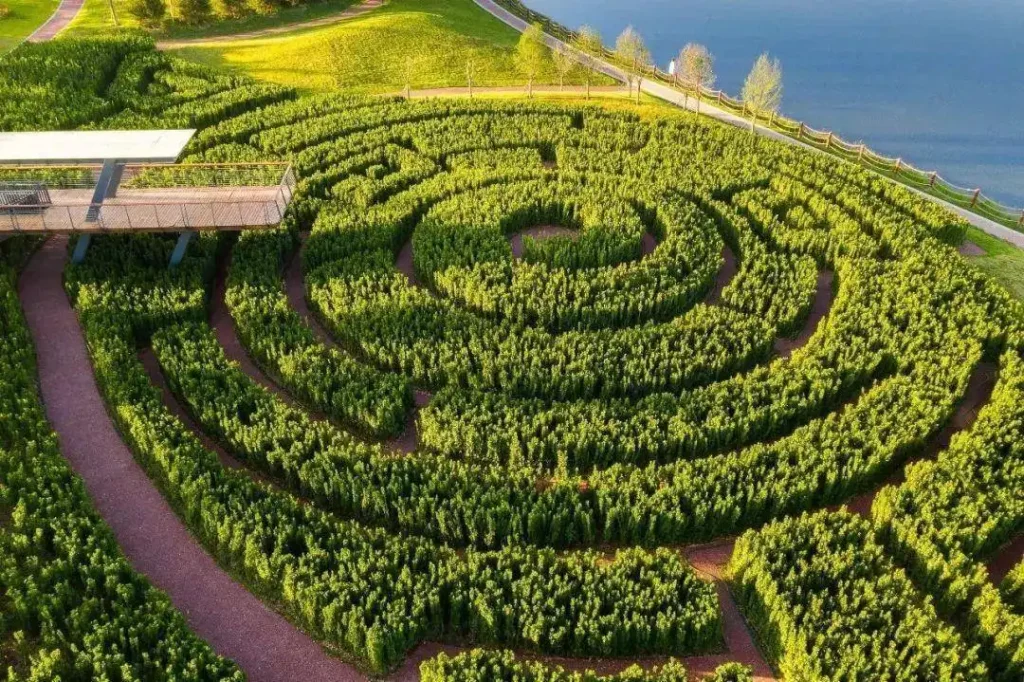
The park has a variety of landscapes. The terrain design retains the original appearance of the riverbank, with multiple viewing points at different heights. Walking along the riverbank, plant spaces, wetland spaces and pedestrian trail spaces blend with each other. There are also cultural landscapes such as the grass sea of land art, the landscape corridor with mountain and water themes, and the “Book of Songs” path.
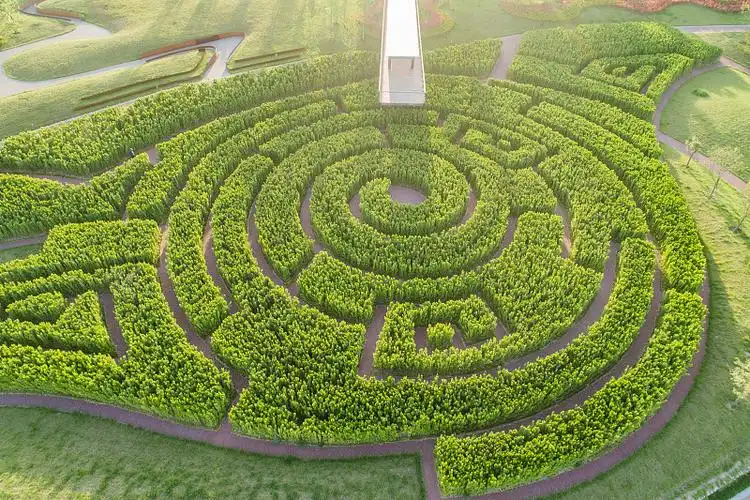
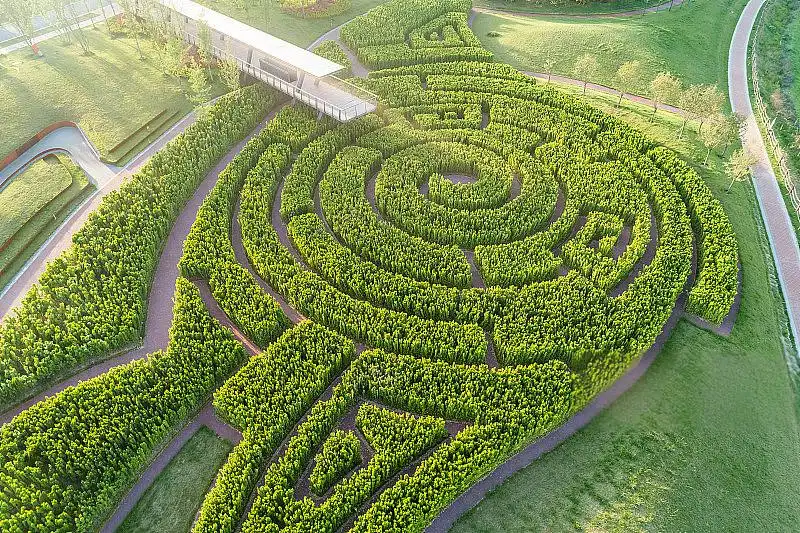
In the park, there is a landscape like the “eye of the park” – the Cloud Pattern Maze. The maze’s patterns are extracted from cloud patterns and thunder patterns on Western Zhou bronze wares, using continuous compositions of circles and squares. These patterns symbolize respect for nature and endow the maze with cultural connotations. The main feature of the maze is the neatly trimmed tree walls. When people walk into it, they need to keep exploring to find the way out, which is a fun process. Overlooking the maze from the high viewing platform, you can see its unique pattern layout. The green plant walls set off against the surrounding natural landscape, creating a very beautiful scene.
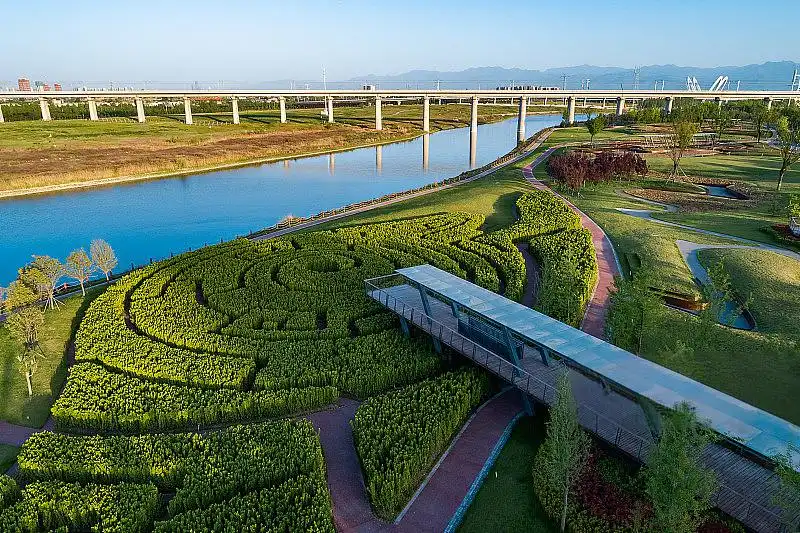
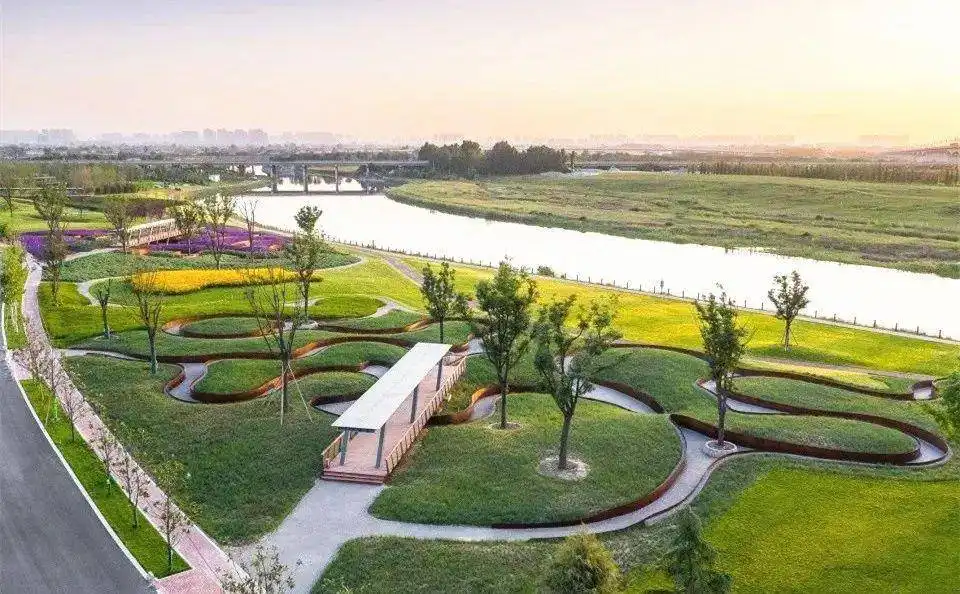
In addition, the park has a distinct playground space. It uses the height difference of the site outside the river embankment, allowing children to explore and have fun here. The park has less hard pavement and more greenery, less artificial decoration and more natural features. It adapts to local conditions and follows the natural slope, creating spaces such as large lawns, large flower seas, small streams and small activity areas. No matter when you visit, it can bring visitors different sensory experiences.
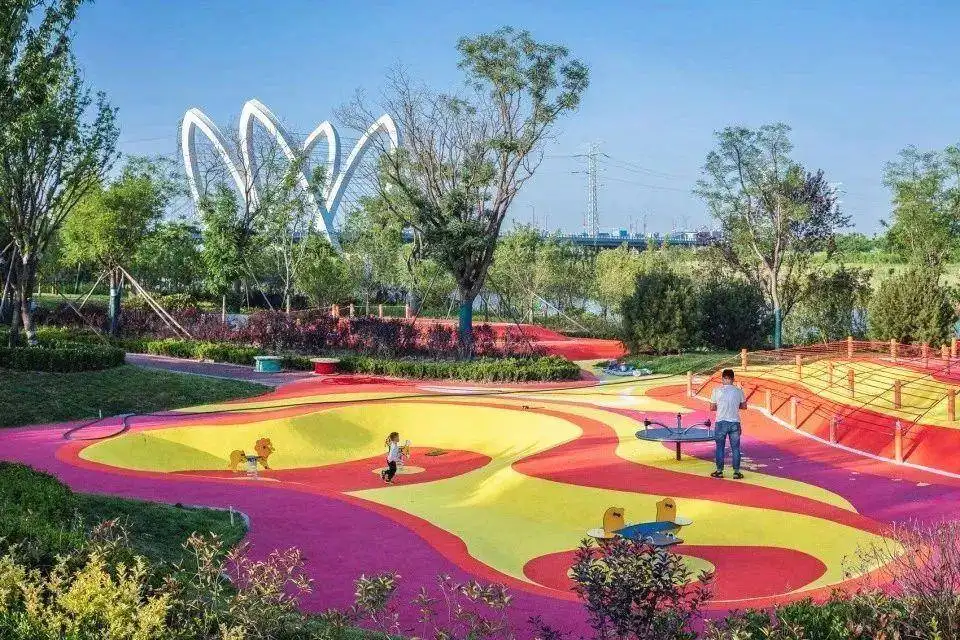
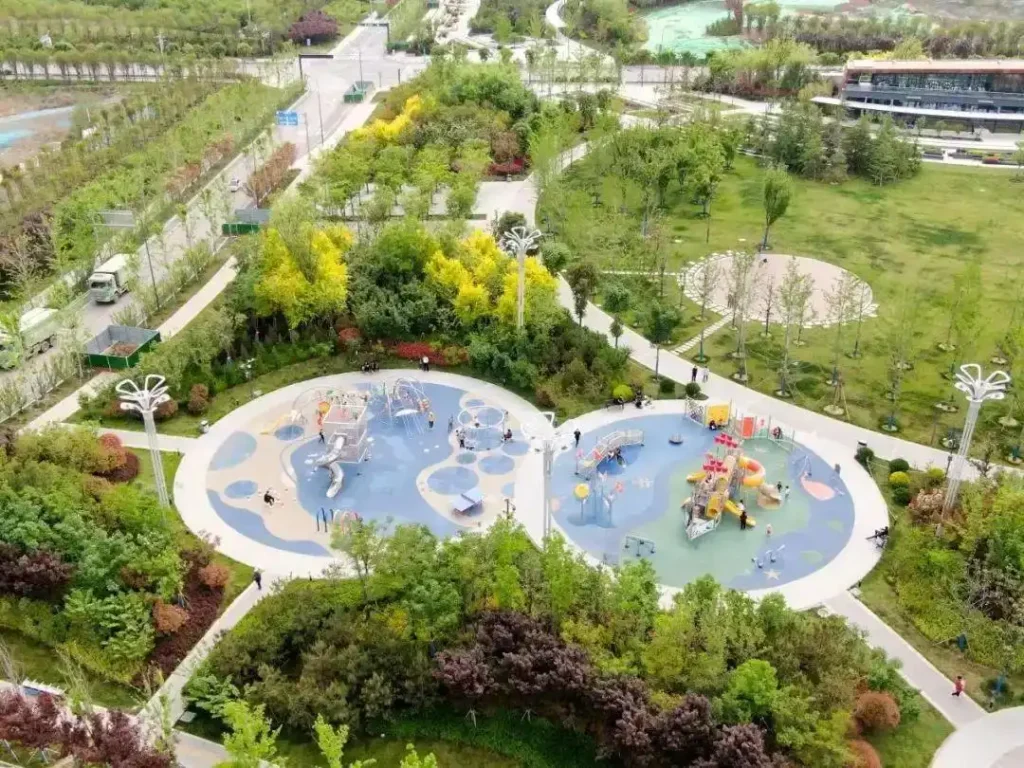
This post is also available in Afrikaans, Azərbaycan dili, Bahasa Indonesia, Bahasa Melayu, Basa Jawa, Bosanski, Català, Cymraeg, Dansk, Deutsch, Eesti, Español, Esperanto, Euskara, Français, Frysk, Galego, Gàidhlig, Hrvatski, Italiano, Kiswahili, Latviešu valoda, Lietuvių kalba, Magyar, Nederlands, O'zbekcha, Polski, Português, Română, Shqip, Slovenčina, Slovenščina, Suomi, Svenska, Tagalog, Tiếng Việt, Türkçe, Íslenska, Čeština, Ελληνικά, Беларуская мова, Български, Кыргызча, Македонски јазик, Монгол, Русский, Српски језик, Татар теле, Українська, Қазақ тілі, Հայերեն, עברית, ئۇيغۇرچە, اردو, العربية, سنڌي, فارسی, كوردی, پښتو, नेपाली, मराठी, हिन्दी, অসমীয়া, বাংলা, ਪੰਜਾਬੀ, ગુજરાતી, தமிழ், తెలుగు, ಕನ್ನಡ, മലയാളം, සිංහල, ไทย, ພາສາລາວ, ဗမာစာ, ქართული, አማርኛ, ភាសាខ្មែរ, 日本語, 简体中文, 繁体中文 and 한국어.
